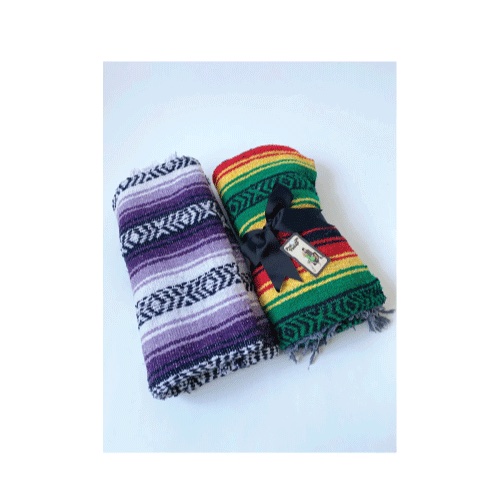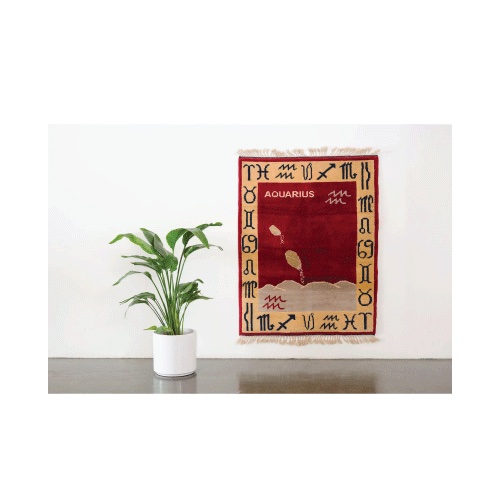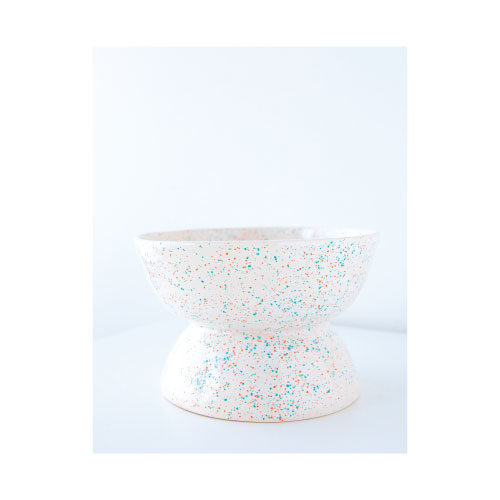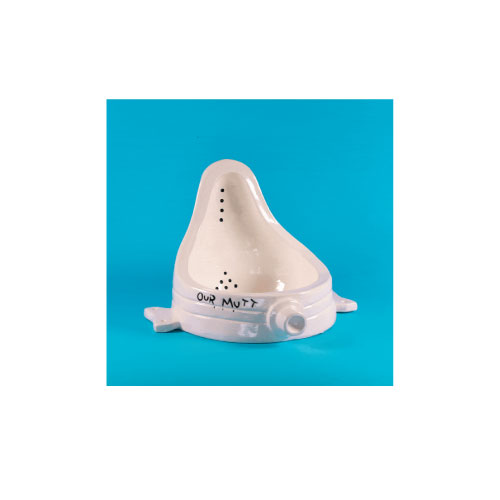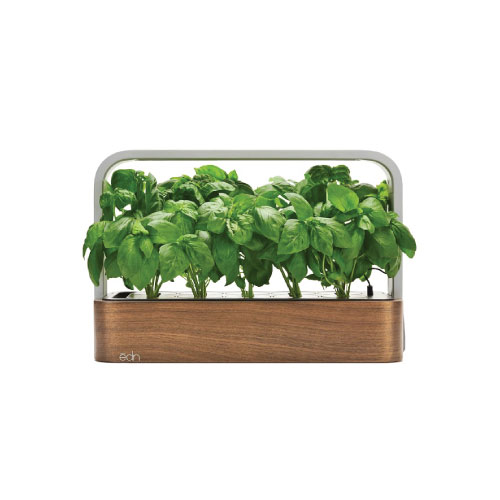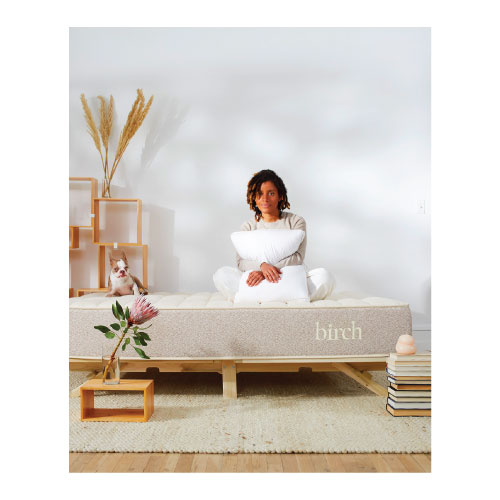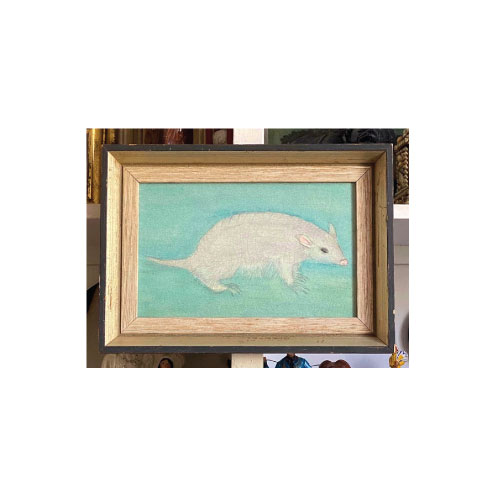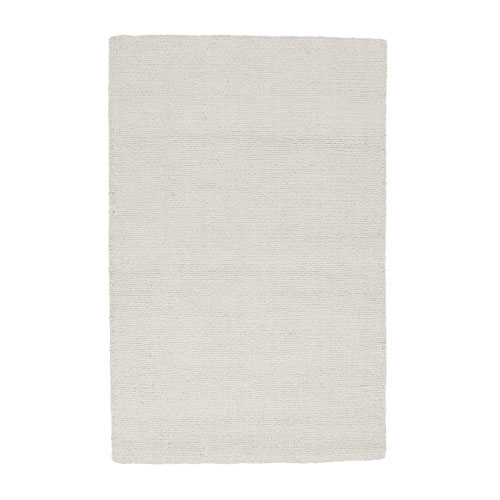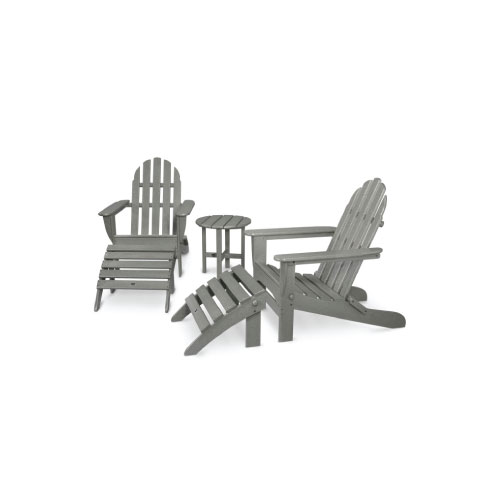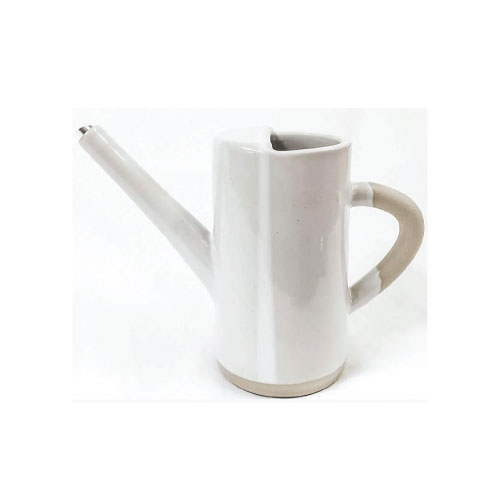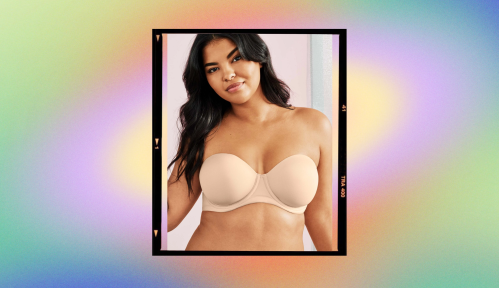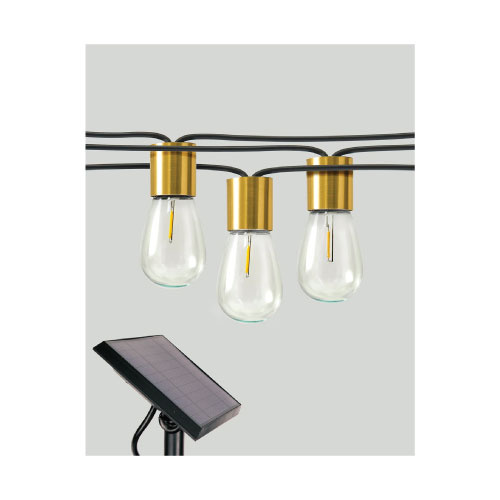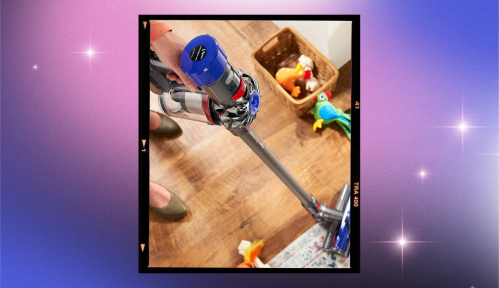Our editors independently select these products. Making a purchase through our links may earn Well+Good a commission
“Growing up in Fort Worth, my mother would slam on the brakes at the sight of every estate sale,” Michael Govea tells me of the genesis of his vintage expertise. “As a bratty teen I would protest, but little did I know that it will teach me the value of quality and the beauty of a bargain.” It’s been over a decade since I first met Govea in New York, where he spent years as a buyer for brands like Ralph Lauren. Now, he credits the house for cultivating his interest in home design after being surrounded by “heavily stylized showrooms” full of “imperfect objects” and one-of-a-kind furniture.
“My father appreciates history, art, and storytelling, so I connected the dots—collecting vintage pieces and designing spaces is something that I have always had an eye for,” he says. After founding Fort Worth Historical to document the city’s history while sourcing and selling vintage décor, it wasn’t until returning to his hometown that he found space to create a living showroom of sorts. The logic is relatable: “If I’m going to be home 22 hours a day, I better make it good.”
I spotted Govea in the wild a few months ago as I sat alone, poolside at the Austin Motel on a socially-distanced road trip home to Texas. Both of our faces hidden behind masks, I had to text from afar to be sure I wasn’t seeing a mirage. He spun me a tale of leaving the City That Never Sleeps for a lofty space filled with vintage furnishings he’d been collecting in storage over the years.
“I’m grateful to have the opportunity to work remotely,” he admits. “Confined to a small room in the Lower East Side in a shared apartment with two roommates and a bullish bull-terrier, it didn’t make for an ideal pandemic WFH situation. That’s when I found this incredible old overall factory repurposed into lofts in Fort Worth, and the owners did a great job keeping its character.” Millions of fellow Americans similarly relocated in 2020. In 2021, as the environmental threat of “Fast Furnishings” rivals “Fast Fashion,” the concept of buying used, buying small, buying eco—and finding solutions to avoid buying anything—when filling a fresh space is finally replacing yesterday’s more-is-surely-more attitude.
Even as the term “sustainable” is overused (greenwashing is real) by brands attempting relevancy, an update to the try-it-and-toss-it marketing of decades past is overdue. According to the Environmental Protection Agency, over 15 million tons of furniture, rugs, and appliances were sent directly to landfills in 2018. Today, it’s part of the reason why accounts like @stoopingupperwestside (an offshoot of @stoopingnyc) are popping up to “furnish your apartment” for $0 instead of letting functional pieces go to waste. Govea makes the argument that whatever you do buy, consider the long game.
“There’s an enduring appeal of well-loved, well-built objects and purchasing home goods with a conscience and a purpose,” he says. “Their authenticity, construction, and innovation will be kept in homes for far longer than reproductions—and will outlive trends.” It doesn’t mean throwing everything away (read on for proof that IKEA can age gracefully), rather finding your own unique mix of vintage, salvaged, existing, and environmentally innovative new pieces. “The key is to blend flea market accessories and salvaged decor with your existing collection to create a personalized mix of old and new,” he notes.
Below, find an expert guide to more sustainable furnishings that’ll help you retrofit your home to be more wellness-infused. Get eco-innovations, vintage treasures, and beyond, complete with Govea’s “virtual layouts,” which are great for experimenting and require only an image and some basic photo editing skills.
Living room
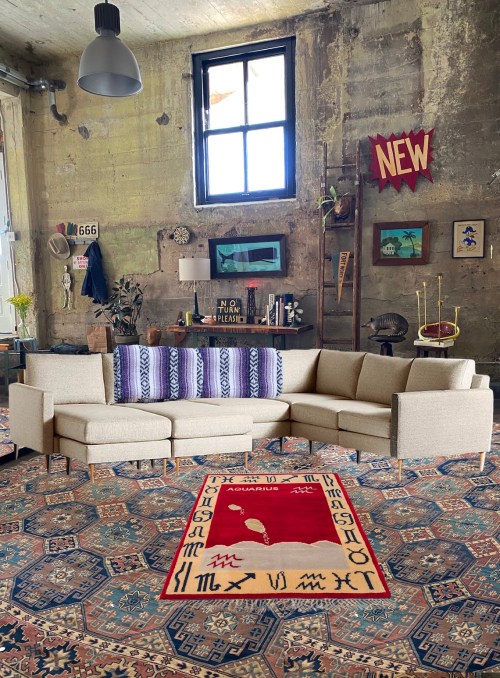
“Handwoven, well-made rugs last a lifetime, and they look better with age,” says Govea. It’s something worth shopping local to save on shipping (and strike a deal)—he found the giant version in his living room for a cool $20 at a local auction house, “another good thing about small city living.” Otherwise, vintage shops like Homestead Seattle are becoming more digitally savvy every day as doors remain closed—simply take measurements and check the delivery cost. For Govea, it’s an investment in warmth. “It makes the raw and industrial space look less severe, and for an open concept layout, a rug designates and defines the living area.”
While timeworn seating is a treasure, some choose to buy new to remove the mystery of what lies beneath the cushion. Allform’s custom-built sofas are handmade in a facility Certified UL Responsible for ethical sourcing with recycled materials, Sustainable Forest Initiative wood, and a special stain-resistant fabric that causes water and oil spills to bead up (which means they’re easily wiped away). This protective fabric treatment extends its life significantly and lends an opportunity to explore beyond stain-camouflaging shades. “Light-colored seating brings more light into the space,” Govea explains. “It can also help a narrow or awkward room feel bigger, more airy, and less weighted.” A brass candelabra from Chicago’s Lost Girls Vintage and pre-washed Baja blanket from Austin’s female-founded Prototype Vintage makes it all feel where’s-the-remote inviting.
Prototype Vintage Baja Blanket — $42.00
All Form 3-Seat Sofa With Chaise — $1,895.00
Homestead Seattle Kova Turkish Kula Rug — $196.00
Lost Girls Brass Candle Holders — $35.00
Kitchen

“The kitchen is a great place to surround yourself with everyday items that have functional use but are also special,” says Govea. “Ceramics are sculptural and embrace the aesthetic of imperfection—you feel good knowing that no two pieces are alike. Rather than mass-produced tableware, I tend to gravitate towards pieces created by using a natural ‘slow process’ such as Beau Rush’s Cry Baby fruit bowl, made by Brooklyn-based artist Cameron Bishop.” He points out that this is an opportunity to support local artists in a way that works for your lifestyle—or your pet’s. Sales of Our Mutt’s ceramic dog bowl, handmade by Tamara Johnson and Trey Burns, go directly to supporting Sweet Pass Sculpture Park’s indie art programs in Dallas.
Considering the disposables you use the most (and how to make them permanent) is another intelligent design step. “Actual paper towels are just not good looking,” says Govea of the never-recyclable kitchen staple. He likes LA-based brand Suay’s take on responsible textiles. “Their upcycled Reusable ‘Paper Towel’ Waffle Sets come in a myriad of colors using low impact dyes, resulting in beautiful pieces created from fabrics that would have otherwise gone to waste.” For beginner’s indoor gardening, ēdn’s Wi-Fi powered SmallGarden doubles as ornamental greenery. “You can continuously grow a combination of herbs right on your tabletop,” says Govea. “It’s ecological and sends updates to my phone so I never have to worry about watering. No brainer.”
Suay Reusable ‘Paper Towel’ Waffle Sets — $48.00
Cry Baby Stacked Fruit Bowl — $158.00
Our Mutt Dog Bowl — $364.00
Edn Small Garden — $200.00
Bedroom
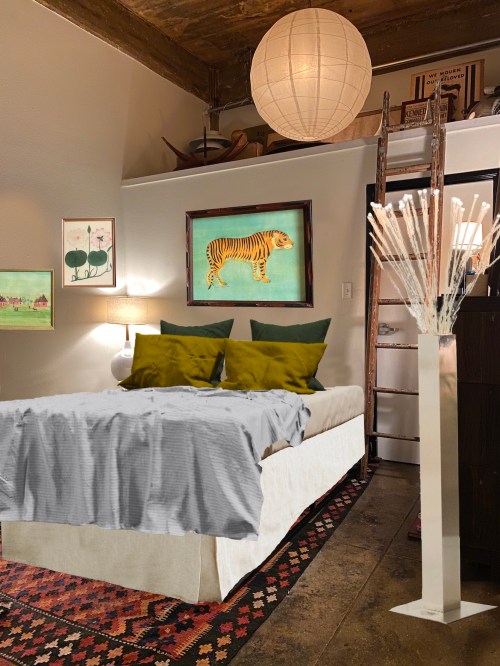
“In today’s world, I likely spend about 99% of my life in bed. I don’t want to sleep, work or lounge on top of anything for hours at a time that could potentially expose me to harmful chemicals or toxins,” says Govea. “Things I would buy new? A mattress and bed linens.” In the world of eco bedding, Birch’s 100% organic mattresseshave the highest organic and natural certification standards in the industry—like GreenGuard Gold, GOTs, and OEKO-TEX STANDARD 100. Shipped in a box with contactless delivery, these futuristic latex hybrids use ethically sourced wool and Rainforest Alliance Certified Talalay latex that’s manufactured with environmentally safe production methods (and without harsh chemicals). Next, take inventory of what’s plentiful: “Pallets are literally laying around everywhere and basically free. Four under a king-sized mattress can make a really good looking platform bed,” Govea shares. “Paint or cover them with a valence, and if you want to take it further, add a vintage headboard.” For bed linens, consider exactly that: Linen. It originates from flax, requires less water and fewer pesticides to cultivate than cotton—and it’s stronger and lasts longer. Bed Threads’ signature 100% French flax linen is renewable, biodegradable, and carbon-neutral with a Build-Your-Own-Bundle Set that allows you to mix shades and skip pieces you don’t use.
For such a personal space, art is even more of a focal point. “I hereby reject and denounce generic artwork,” Govea jokes. “I’m not saying that art should be something expensive from the David Zwirner Gallery—the goal of each piece is to accentuate the room and provide cohesion while saying something about the person living there. It should resonate with you.” Govea notes that accomplishing this can be as easy as choosing a drawing, postcard or photo and pairing it with a vintage frame. “Doing this gives it personality, like Mary Maguire’s beautiful vintage folk-style artworks placed in antique frames,” he shares. To lend everything a soft glow, LA’s Sunbeam Vintage reminds us that IKEA can be classic. “Lighting is the most important aspect of a home,” says Govea, who often passed the appointment-only store on pre-pandemic walks with his partner Eamon. Now, it’s even easier to window shop online.
Bed Threads Bundle — $210.00
Birch Natural Mattress — $1,299.00
Vintage Stainless Steel IKEA Decor Lamp — $250.00
Armadillo Original Water Color — $550.00
Work space
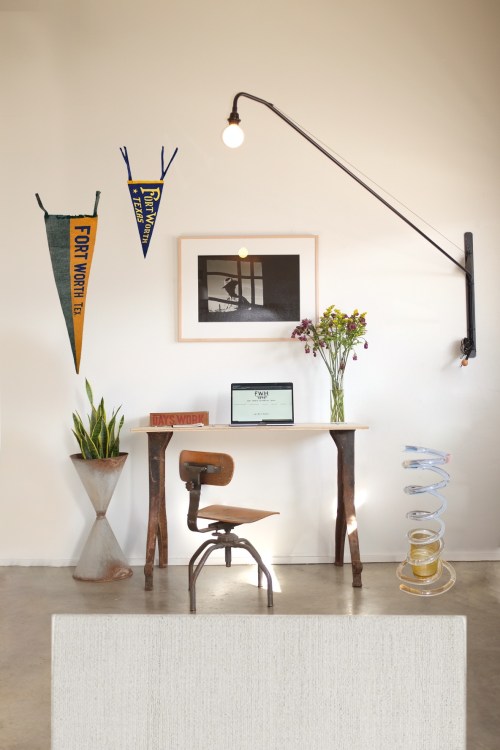
“Striking that fine balance between sanctuary and hustle is not an easy thing to do, but the importance of how your environment looks and feels can truly impact your productivity and mental health,” says Govea. Step one? Anything can be a desk. Jenna Lyons used doors balanced on sawhorses to create giant workspaces on HBO’s Stylish, and Govea had his own moment of DIY surface inspo: “At the start of the pandemic, I wasn’t in love with typical desk offerings and everything was back ordered at the time,” he shares. “I remembered that I had these gorgeous antique cast iron industrial machine table legs that I found at the Brimfield Flea Market in Massachusetts a few years ago. Ten bucks of recycled plywood later, I had a new office desk!” Consider the space above for dreaming. An inspiration board is great here, or something that represents a passion project. For Govea, it’s hanging Fort Worth Historical Pennants created through his brand Hide TX as a riff on the vintage versions he sources through the site.
Maintaining boundaries is essential. “I try my best to section off my workspace in an effort to contain that energy from escaping into the rest of my living spaces,” says Govea. A breather from more ornate floor coverings, Hook & Loom’s Eco Cotton Rugs are made from recycled t-shirts and come in a mix of solids and straightforward patterns—plus, the loom-hooked versions have a bouncy texture that’s soft on your feet. “Just one vintage statement piece, something as simple as this Odd Eye Vintage umbrella stand, can really change the vibe of your entire room,” says Govea. “Not only is it functional, it’s sculptural!”
Hook & Loom Loom Hooked Eco Cotton Rug 3’ x 5’ — $98.00
Ft. Worth Rock Island Pennant — $12.00
Vintage Post Modern Magis Umbrella Stand — $100.00
Outdoors
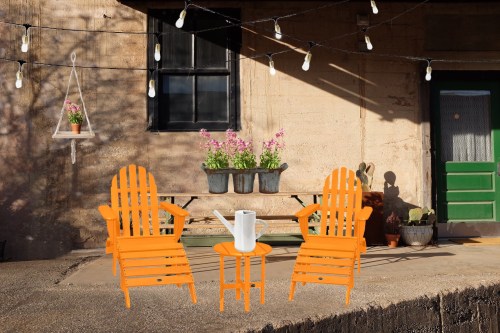
Ceremonia Single Hanging Shelf $48If you’re lucky enough to have access to an outdoor area, it can feel like an extra room. “Being a part of this overworked society, we don’t always have time to go outside as much as we’d like, especially now, so finding even the tiniest corner for yourself and having a green space can be vital,” says Govea. For a place to lounge, Polywood’s Classic Adirondack Set looks like a scene from a beachside rom com, and they’re actually made from landfill-bound and ocean-waste plastic transformed into an all-weather resistant material guaranteed for 20 years (though they’ll likely last much longer). And when approaching outdoor lighting, why not try solar strands in exactly the place where solar power is actually abundant?
Since your outdoor atmosphere can handle as many plants as you’re able to tend, the more the better. “Living in a city like NYC where space is a luxury and nature is virtually non-existent, something as simple as a potato vine can do wonders to an outdoor space,” says Govea. Grow flowers on a reclaimed picnic table, consider a cacti collection, suspend botanicals from Ceremonia’s hanging shelf—its brand mission to provide makers from regions like Papua with income opportunities—and keep it all thriving with BLK+GRN’s handcrafted ceramic watering can. The result is functional craftsmanship that softens up hard cement edges and creates a habitat filled with actual life. “Combining natural elements with the industrial provides a soothing sense of balance,” says Govea. “Not only does it promote good health, but it looks stunning.”
Polywood Classic Adirondack Set — $749.00
BLK + GRN Handcrafted Ceramic Watering Can — $80.00
Brightech Glow Solar String Lights — $49.00
Oh hi! You look like someone who loves free workouts, discounts for cult-fave wellness brands, and exclusive Well+Good content. Sign up for Well+, our online community of wellness insiders, and unlock your rewards instantly.
Sign up for the Well+Good SHOP Newsletter
Get exclusive deals on wellness, beauty, fitness, and food products that have been hand-picked by our editors.
Got it, you've been added to our email list.

